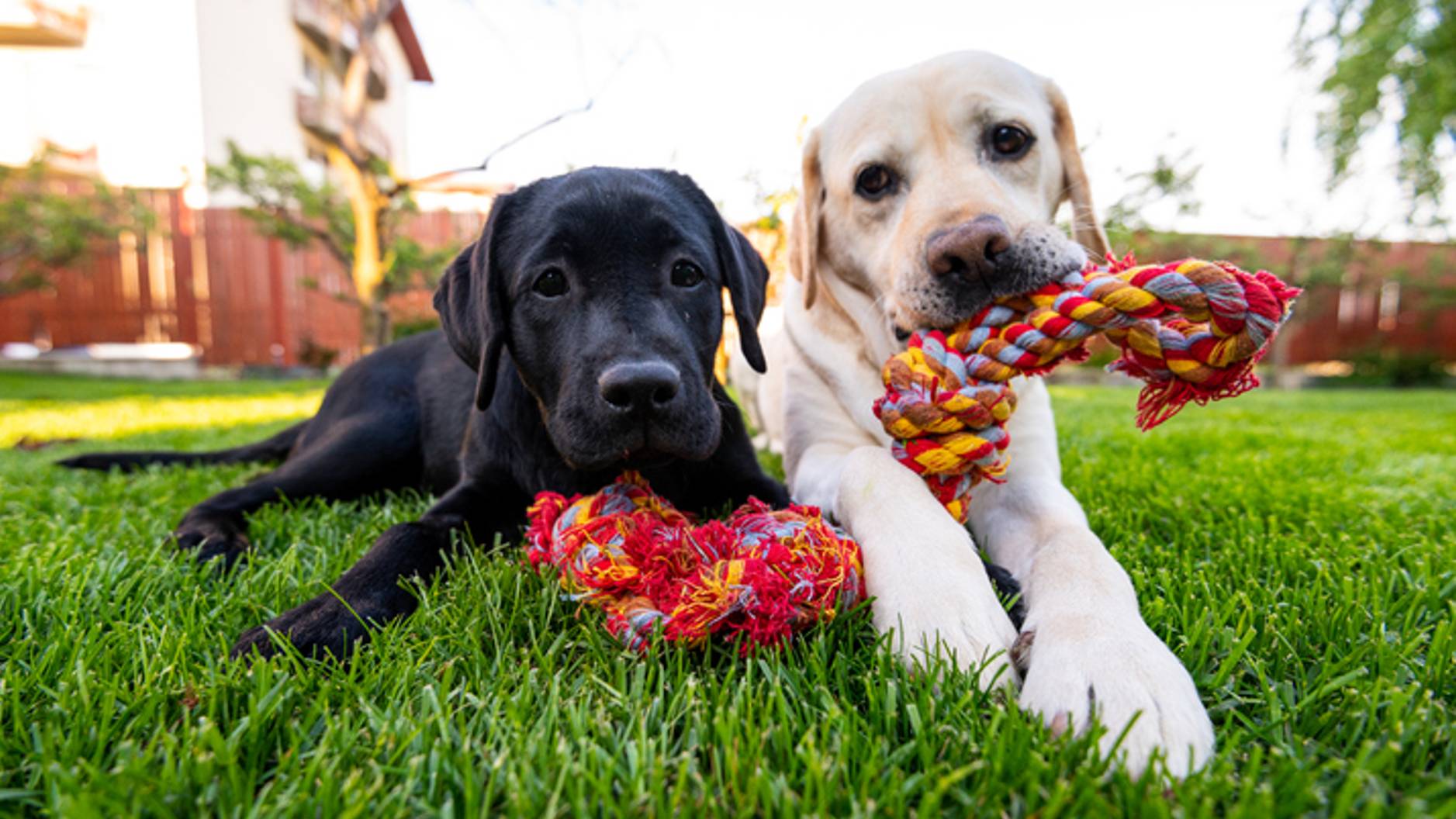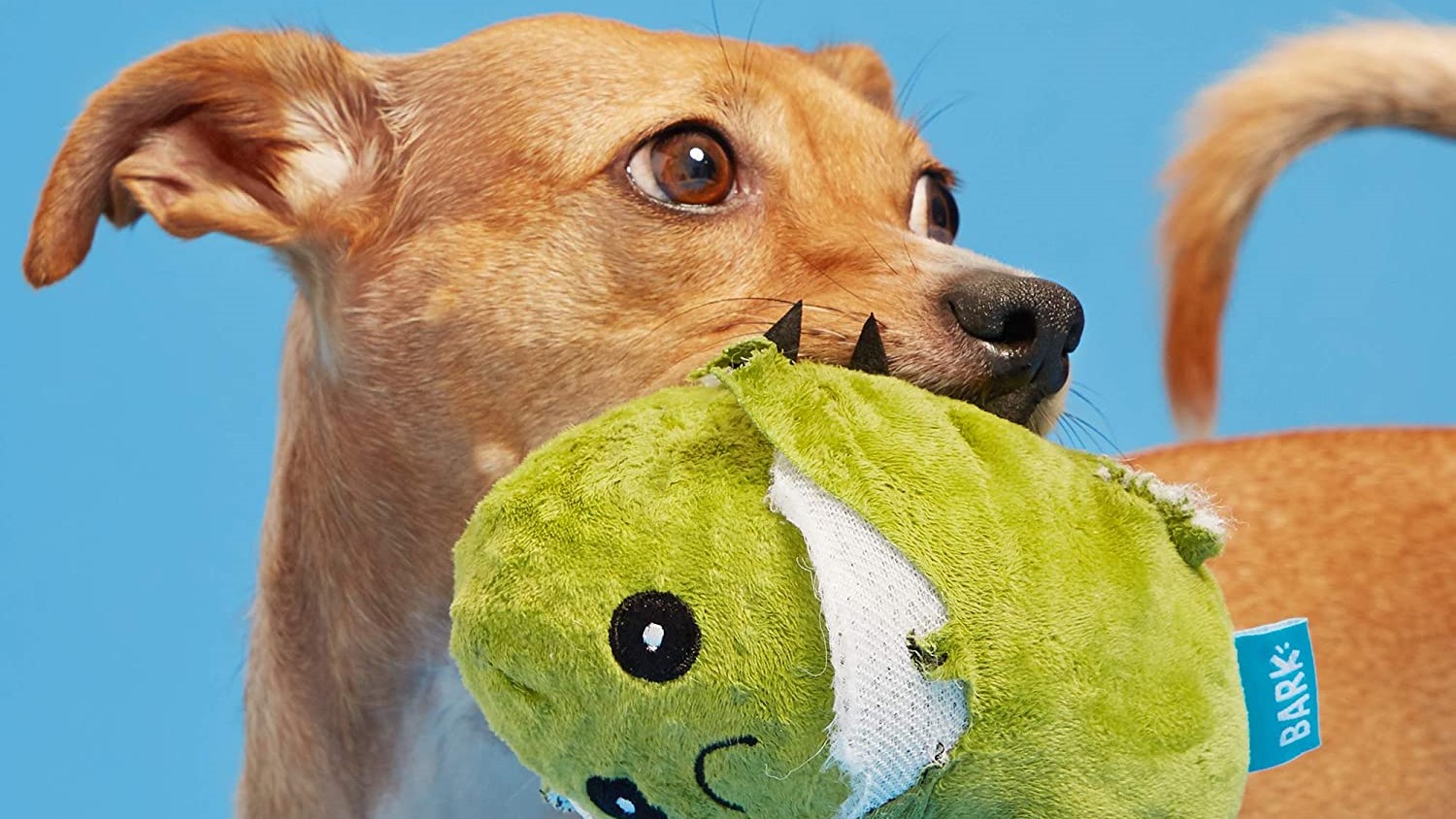Why do dogs roll on their toys?
We asked an expert vet to explain why dogs roll on their toys, and what pet owners can do to stop this behavior?
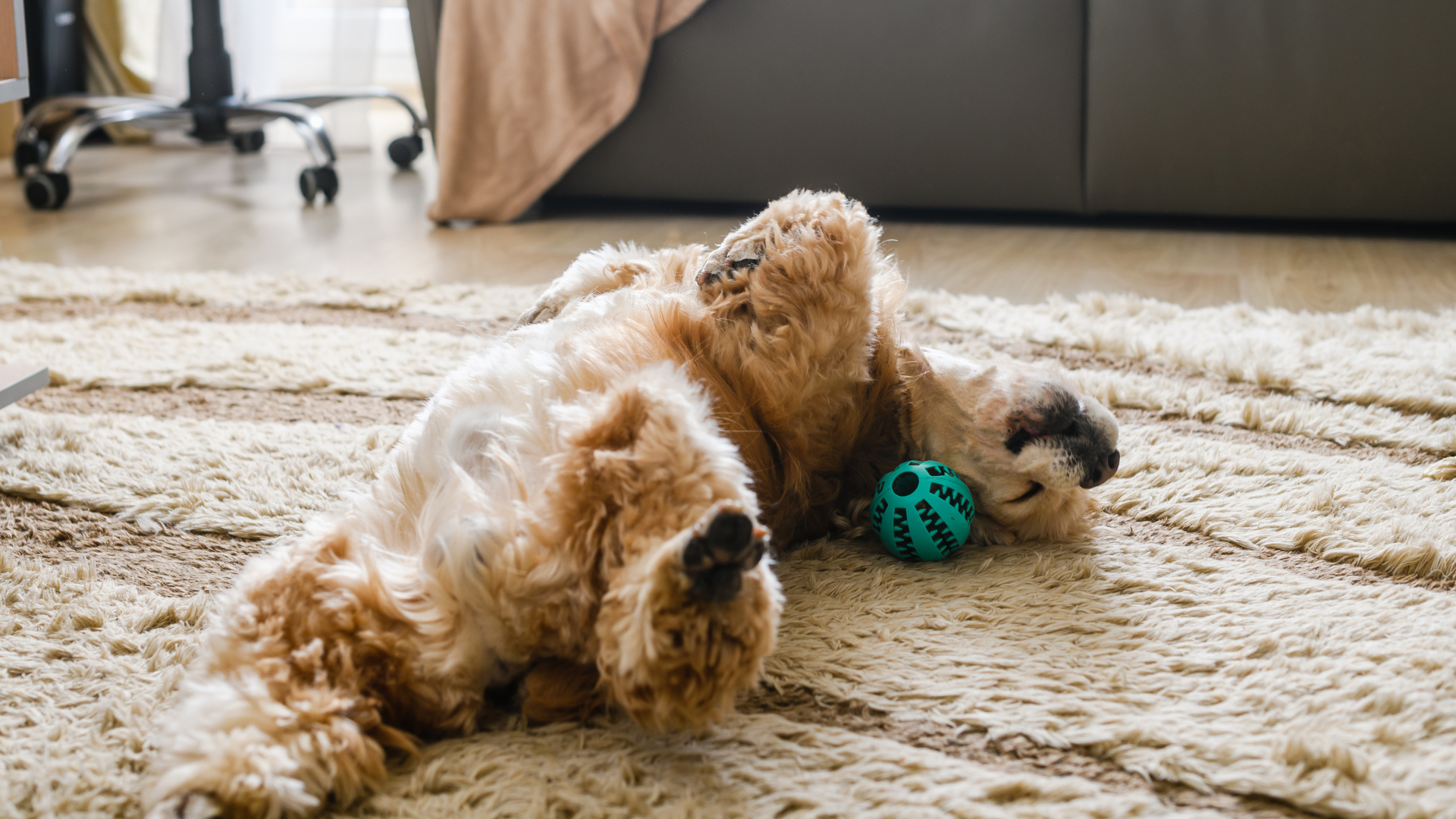
It’s a seemingly strange behavior that’s rather common in dogs, but why do dogs roll on their toys? It’s not because they’re all Limp Bizkit fans — they’re all too young to even get that reference, but there are quite a few interesting reasons that your dog keeps rollin, rollin, rollin.
Sometimes dogs roll on their toys as part of play because they’re happy and having fun. They can also roll on their toys to get your attention, because they want you to play with them (probably using whatever toy they’re rolling on). These are harmless and, if we’re honest, rather sweet reasons for a dog to roll on their toys, but it could also be a sign of some negative behaviors.
Your dog may be obsessing over their toys, marking them with scent and guarding them from others. These possessive behaviors are not something that we want to encourage in our pets, so it’s important to be able to tell the difference between some light-hearted playtime versus resource guarding in dogs.
Regardless of why your dog is rolling on their toys, they're almost certainly dirtying them up when they do, so it’s important to keep them clean — check our guide on how to wash dog toys. You might also want to invest in some tougher toys to replace the ones they’ve rolled into oblivion – our best dog toys guide has you covered there.
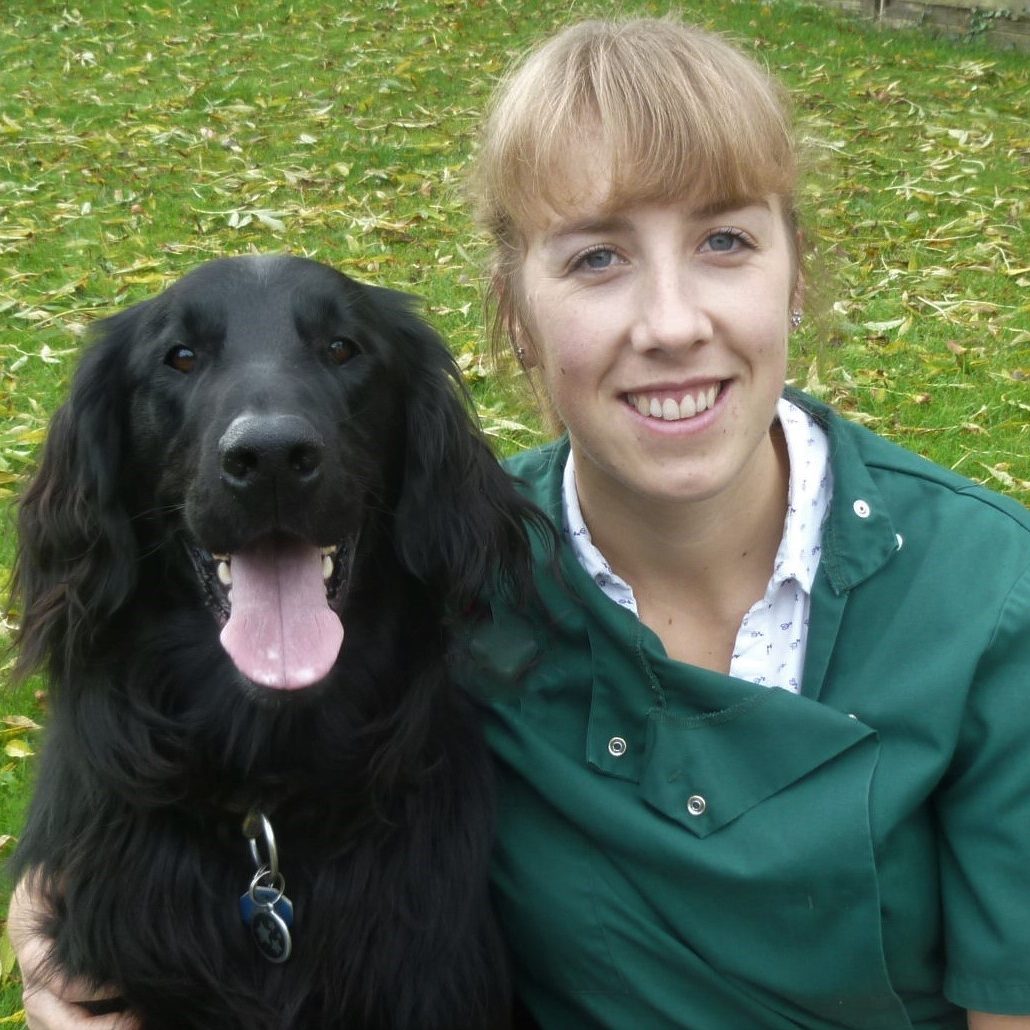
Dr. Rebecca MacMillan is a companion animal vet with over 13 years of experience treating and looking after pets. She graduated from the UK Royal Veterinary college in 2009, and has worked in several practices over the years. Rebecca is also an experienced writer, using her veterinary background to offer expert opinion and advice.
Why do dogs roll on their toys?
There are quite a few reasons why your dog is rolling on their toy. Did you know that wolves roll in smelly stuff because they find that smell to be particularly interesting, and want to bring that information back to their pack? Others believe they do it to cover their own scent.
But your dog's toy shouldn't have an especially stinky smell (especially if you're washing it right!) so here are a few reasons why your dog is rolling on their toys.
1. Your dog is happy or just playing
Get the best advice, tips and top tech for your beloved Pets
It really could be that simple! If your dog associates playtime with happiness, they could get very excited and start rolling around on their toy. If you've ever watched your dog excitedly roll around in your bed, you know that these are often some of their happiest moments. Playing with a favorite toy can also be considered a top-tier happy dog moment, so your dog could just be rolling around on top of something that makes them happy.
2. Your dog is staking claim to that toy
As mentioned by the AKC, dogs do roll around to get their scent on things, or to transfer a scent to themselves. If your dog is rolling around on their toy, they may be doing so as a way to mark that toy as their own. If you live in a multi-dog household where a few toys are more coveted than others, your dog is likely rolling on their toy to try and stake a claim to that one in particular.
3. Your dog has an itch
Perhaps you have an especially hard plastic toy in the house, or one that has some spiky knobs on it. If that's the case, your dog could be rolling all over their toy in order to scratch a hard-to-reach itch. If you catch your dog rolling on their toy, reach over and give them a scratch - they may thank you for it!
4. Your dog is obsessing over the toy
Dogs can and do engage in obsessive behaviors and can even have obsessive compulsive disorders. If your dog is constantly rolling on a toy, it may not be a big deal, but if they start to get protective over that toy, or seem to do so to a point where they can hurt themselves, they may be anxious, fearful, or resource guarding. If you notice toy rolling has become a bit of a trend in your house, you may want to reach out to your vet who can direct you to a dog behaviorist.
Again, rolling on their toy may not be a big deal, but you know your dog best, so keep an eye on them and also think about if anything major has changed in the household that could potentially cause obsessive behaviors to emerge.
5. Your dog wants attention
It could be that your dog wants to play with you or just wants some good rubs and they've discovered that rolling all over their toy is a great way to get your attention. Dogs are smart and understand the power of cause and effect, so if they notice you give them attention every time they rub on a toy, they'll probably continue to do so!
Tips to stop your dog from rolling on their toys
“For most dogs, rolling on their toys is perfectly normal behavior and they should just be left to it.” explains Rebecca MacMillan “Many dogs roll on their toys as part of play or because they are rubbing their scent against them.” MacMillan says that rolling on toys is only something to worry about if your pooch is also “becoming obsessive or if they are showing any other behavioral issues alongside this.”
With that said, if you'd like your dog to stop rolling on their toys, whether it's a sanitary thing or because you believe it's an unhealthy behavior, there are some things you can do to get them to stop.
First and foremost, MacMillan recommends taking a wider look at your pet and their surroundings to make sure they’re having their needs met. Are they getting enough exercise, both mental and physical? Are they getting enough interaction from you? Attention seeking behaviors typically manifest when they aren’t getting enough attention otherwise.
She also says that you should consider if there are multiple pets in the house competing for the same toys? If you don’t have enough toys to go around, your dogs might get possessive over the ones they do have. We have an article discussing how many toys a puppy should have that has more information on this topic.
Once you’ve checked off all those boxes, and your puppy is still rolling away, then try these tips below:
1. Distract them
Our expert vet’s first recommendation is a simple, but effective one - distract them. As MacMillan says, “if you do think that all of your dog’s needs have been met, then try distracting them from rolling on specific toys by offering alternative ones, or interactive games like puzzle feeders.”
MacMillan then recommends following this up, reinforcing good behaviors once they’re playing calmly by offering “praise for any positive play behavior or when they are just lying calmly with their toy.”
2. Establish a good recall
A well-trained dog can be recalled at a moment's notice, which means you can get them away from whatever toy they may be rolling on. Recalling is when your dog responds to you calling their name and will come to you. Good recall training means your dog will come to your side at any time - even when they're distracted by another animal, food, or a toy.
If your dog’s recall isn’t reliable then proper training is the key. You want to make sure that whatever is distracting your dog and bringing them to you is more exciting than what they're focused on, so the best dog treats (or best puppy treats if they’re still young) are always a good choice. Call their name, give them a treat, rinse and repeat.
We’ve got an extensive guide on how to train a dog with treats if you’re unsure. You can also check out some advice on training a rescue dog to help establish a good recall with your newly-rehomed dog.
3. "Leave it"
Similar to the point above, Macmillan also says that you can “ spend time working on their basic training getting them to ‘leave it’ on command if they are getting carried away with rolling.”
It means exactly what it sounds like: if you say "leave it" your dog should leave the toy. Make sure you say this when they start rolling, not whenever they're playing with the toy in question, or else they may think you don't want them to play!!
Finally, MacMillan stresses that “above all, you must never tell your dog off or punish them as this could actually make things worse.”
4. Let them roll
You know your dog best. If rolling around on a toy brings them joy and doesn't cause any harm to their health or behavior, then let them roll!
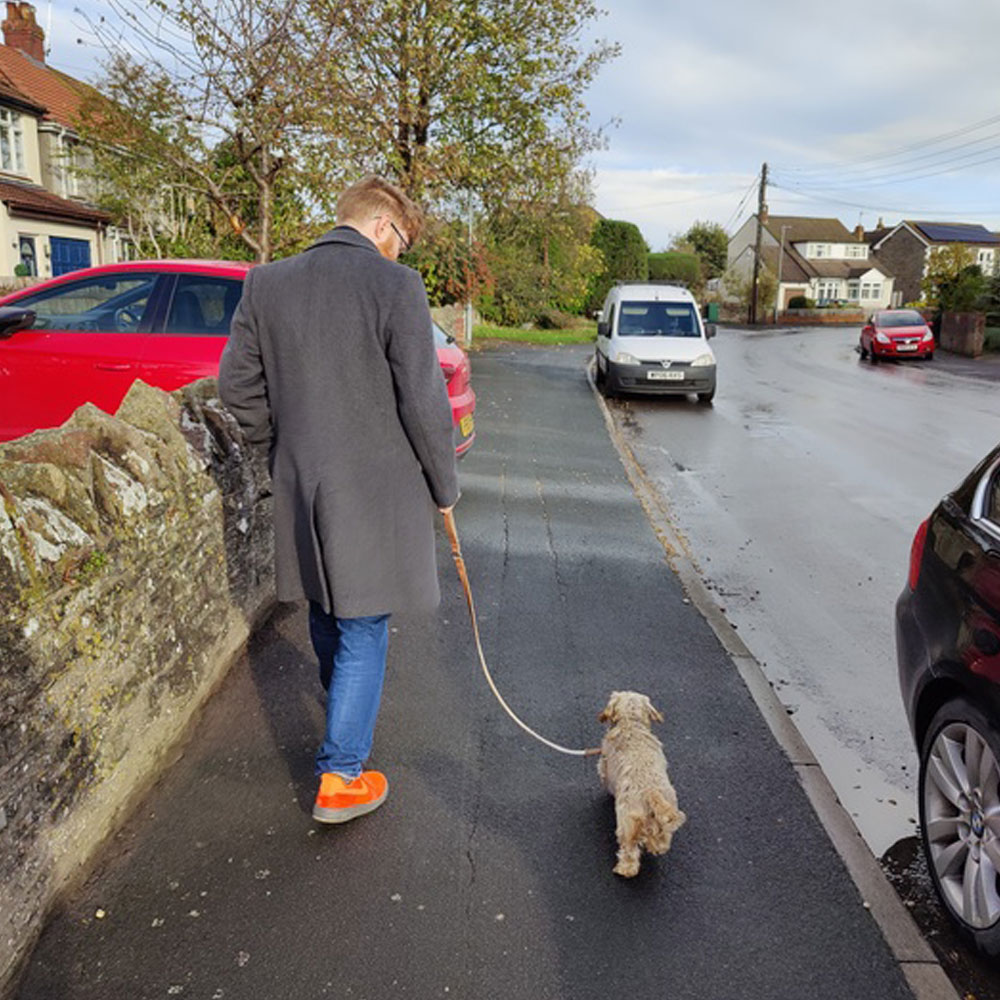
Ian is a freelance writer and likes to joke that he’s potentially a dog trapped in human form.
He loves animals of all shapes and sizes, and has lived with dogs, cats, chinchillas, guinea pigs, birds, fish, and even a tarantula.
Ian has more than 20 years’ of writing experience and is currently entertainment editor at PetsRadar’s sister site Space.com and has also previously been tech and entertainment editor at LiveScience.
Ian has also written for Top Ten Reviews, which makes him the perfect candidate to help guide your buying decisions as a pet owner.
Ian has a degree in biology as well as a PhD in chemistry from Keele University.
